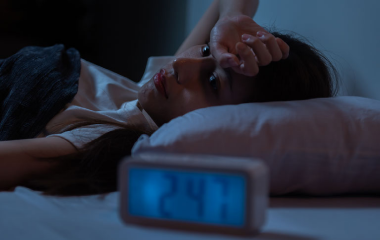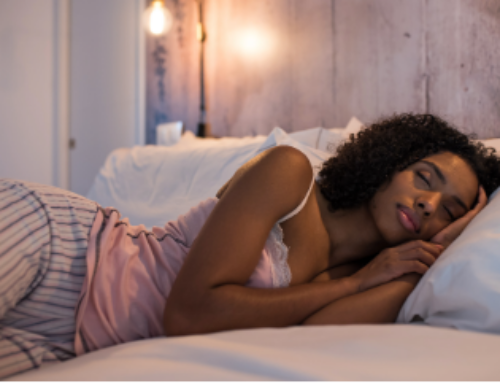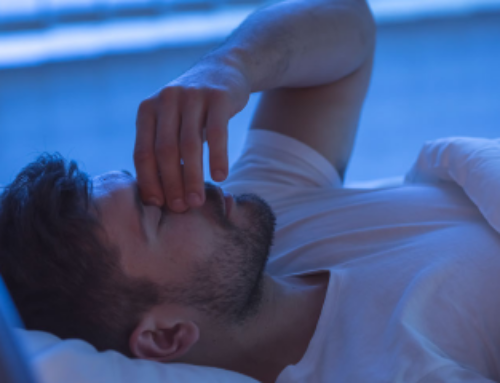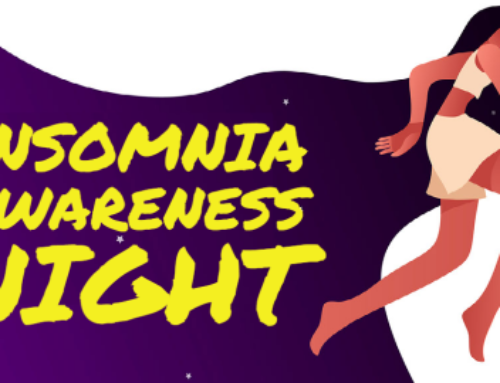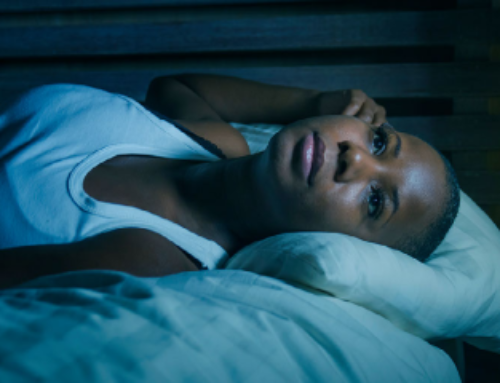Stare at the ceiling. Toss and turn. Glare at the clock. Toss and turn. It’s the typical pattern of insomnia.
But did you know that there is more than one symptom of insomnia? A new study of insomnia symptoms emphasizes that having trouble falling asleep is only part of the problem. And it’s not even the most common insomnia symptom. The results are published in the Aug. 1 issue of SLEEP. The study involved 6,791 adults. They completed telephone surveys as part of the America Insomnia Survey (AIS). Insomnia was measured using the Brief Insomnia Questionnaire (BIQ). An estimated 24 percent of AIS participants had insomnia.
Results show that staying asleep was a bigger problem than falling asleep. Among people with insomnia, 61 percent had trouble “maintaining” sleep. They often woke up during the night. Also, 52 percent of people with insomnia woke up too early in the morning. Only 38 percent of insomniacs had trouble “initiating” sleep. It took them at least 30 minutes to fall asleep at night.
In fourth place was “nonrestorative” sleep. Twenty-five percent of people with insomnia reported waking up still feeling tired or unrested.
Symptom combos also were common. More than half of people with insomnia had two or more of the four symptoms. The study also measured the rates of 21 medical conditions.
What were the most common problems? About 50 to 60 percent of people with insomnia had chronic back or neck pain, or other chronic pain. Seasonal allergies also were common. People with insomnia also rated their health lower than people without insomnia.
Many proven treatments for insomnia are available. Both cognitive behavioral therapy and medications are effective. A board-certified sleep specialist can determine which treatment is best for you.
Contact an AASM-accredited sleep disorders center if you have an ongoing problem with insomnia.
Read more blog posts about insomnia.

